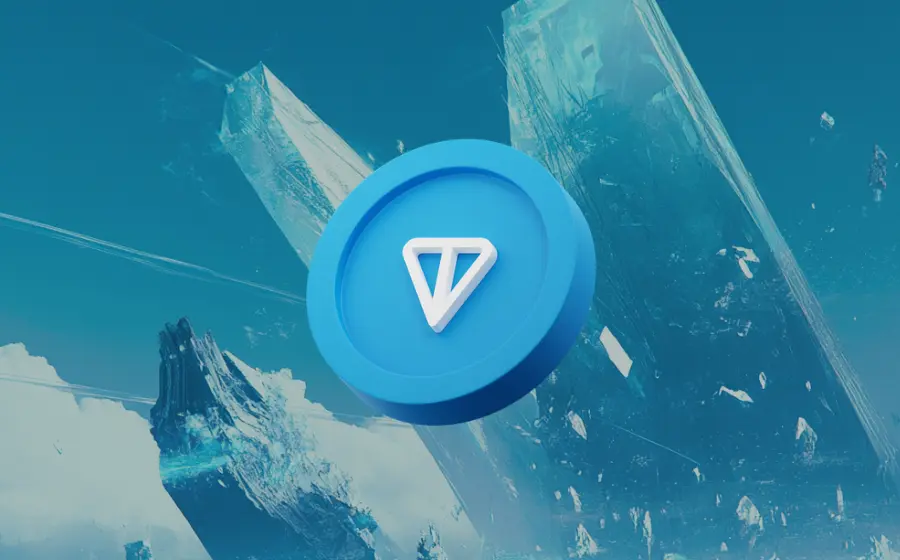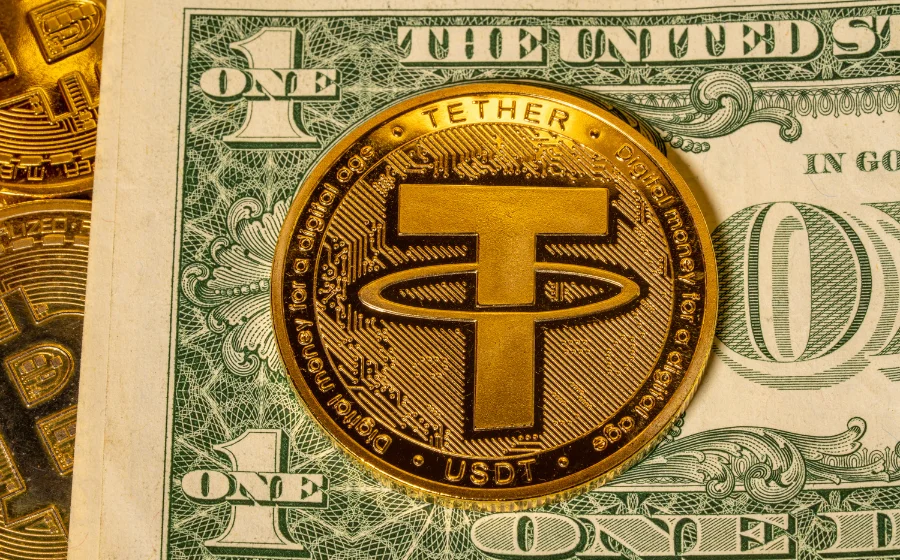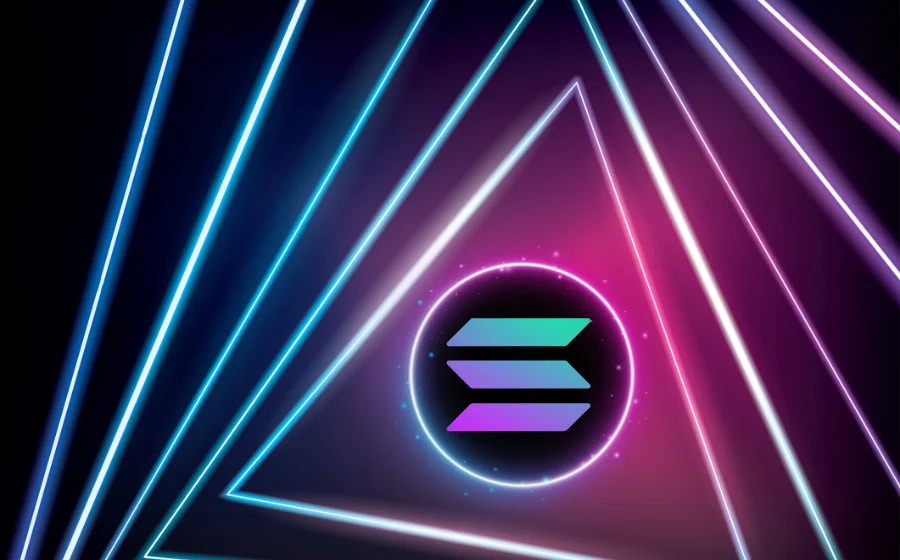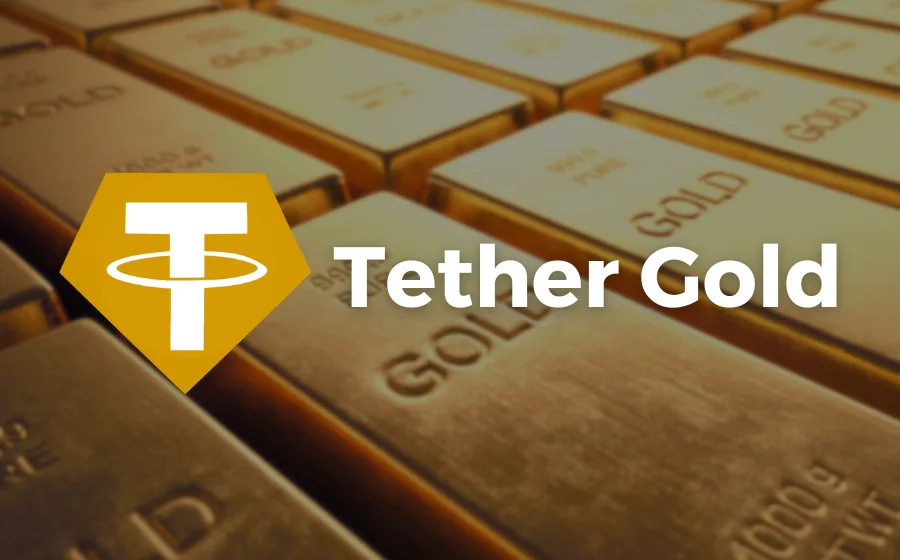
KEYTAKEAWAYS
- Interoperability and Scalability:Polkadot's unique architecture allows for interoperability between specialized blockchains and scales by processing numerous transactions across multiple chains simultaneously.
- Community-Driven Governance: Polkadot features a community governance model that facilitates decentralized decision-making and network upgrades without the need for forks.
- Advanced Consensus Mechanism:Utilizing a Nominated Proof-of-Stake (NPoS) mechanism, Polkadot ensures secure and efficient network operations by involving community members in transaction validation and network security.

CONTENT
Explore Polkadot (DOT), a next-generation blockchain for interoperability and scalability, designed to connect multiple chains and enhance transaction efficiency.
WHAT IS POLKADOT(DOT)?
Polkadot (DOT) launched its mainnet in 2020, creating a blockchain network composed of multiple chains. DOT, the native cryptocurrency of the Polkadot network, is used for governance, staking, paying network fees, and “bonding,” and is currently ranked 14th in market capitalization.
Polkadot was established by the Web3 Foundation, based in Switzerland. The foundation focuses on developing a fully functional and user-friendly decentralized web as an open-source project.
The founders of the Web3 Foundation include Gavin Wood, Robert Habermeier, and Peter Czaban. Gavin Wood is particularly well-known as he is also a co-founder and the first CTO of Ethereum, having created the Solidity language and contributed to the Ethereum whitepaper, positioning him as a leading figure in the blockchain space.
After leaving the Ethereum project, Gavin Wood began developing Polkadot to address the issues he perceived with Ethereum at the time.
In October 2016, the Polkadot whitepaper and the DOT token were introduced. This token can be traded on exchanges such as Coinbase and Kraken. Additionally, DOT is part of a decentralized protocol that connects previously independent blockchains, aiming to develop a “DOT Ecosystem.”
In October 2017, the Polkadot project successfully sold 5 million DOT through a Dutch auction, raising over $145 million. Moreover, the project conducted a second round of funding in June 2019, selling an additional 500,000 DOT, valuing the project at $1.2 billion.
In 2020, the Polkadot mainnet was launched and received significant market support, positioning it as one of the “Ethereum killers.”
Polkadot (DOT) is a next-generation blockchain protocol that connects multiple specialized blockchains into a unified network, hence it is also known as a multi-chain network.
The DOT token, also referred to colloquially as the Polkadot coin, emphasizes the interconnection of various parachains within the Polkadot network. Positioned as a next-generation blockchain protocol, it can link multiple specialized chains into a common network, often described as a multi-chain network, because DOT facilitates the connection of these networks unlike networks like Bitcoin, which operate independently. In terms of expansion, the use of the DOT token holds more potential than many mainnet cryptocurrencies.
Imagining the Polkadot network as a large multinational corporate group, the DOT token serves as a universally accepted currency across different independent brands within this group. Thus, to fully understand the uses of the DOT token, one must grasp the entire ecosystem that the Polkadot network promotes.
POLKADOT (DOT) TOP 5 KEY FEATURES
Polkadot (DOT) stands out as a revolutionary blockchain platform with five distinctive features designed to establish a powerful Polkadot ecosystem:
- Interoperability:
Polkadot is dedicated to connecting disparate specialized blockchains, each optimized for specific functions and use cases. For instance, some blockchains may focus on optimizing identity management, while others may specialize in file storage. This approach not only delivers better services but also enhances efficiency and security by eliminating unnecessary code.
- Scalability:
Unlike traditional single blockchains limited in transaction throughput, Polkadot, as a multichain network ecosystem, can simultaneously process a vast volume of transactions from multiple chains, eliminating the traditional transaction processing bottleneck. This parallel transaction processing capability dramatically enhances the network’s future scalability.
- Community Governance:
Polkadot embraces an open community governance model, coordinating network upgrades through on-chain governance mechanisms, ensuring that Polkadot’s development genuinely reflects the wishes and values of community members. Community members can freely manage the ecosystem, explore new ideas, exchange prefabricated modules to accelerate deployment, and continuously refine and upgrade the governance model based on needs and conditions.
- Forkless Upgrades:
Polkadot aims to be a truly adaptable and resilient network, capable of self-upgrading without the need for forks. Unlike traditional blockchains that require “hard forks,” Polkadot’s forkless upgrades allow the network to seamlessly evolve and adapt to new technological standards as technology advances.
- Nominated Proof-of-Stake (NPoS) Consensus Mechanism:
Polkadot employs a PoS-like consensus mechanism involving two primary roles: “Nominators” and “Validators.” Nominators hold DOT tokens and propose a list of trusted validators, delegating their tokens to these validators. When trusted validators successfully validate transactions, nominators also receive corresponding rewards. Additionally, roles like “Collators” and “Fishermen” are responsible for maintaining the state of parallel chains and monitoring network behavior, respectively, enhancing the network’s overall security and efficiency.
Polkadot’s unique combination of these features positions it as a transformative technology with the potential to revolutionize the blockchain landscape. By fostering interoperability, scalability, community governance, forkless upgrades, and robust consensus mechanisms, Polkadot paves the way for a truly interconnected, scalable, and resilient blockchain ecosystem.
HOW DOES POLKADOT (DOT) WORK ?
Polkadot Architecture:
Polkadot’s operation is heavily reliant on the interplay between the Relay Chain and Parachains. The ability of Polkadot to handle all this information stems from the fact that many Parachains offload a significant portion of the heavy lifting to the Relay Chain. As a result, the Polkadot network can process over 1,000 transactions per second, compared to Bitcoin’s 7 and Ethereum’s 30.
- Introduction to Polkadot’s Architecture:
(1) Main Chain – Relay Chain:
The Relay Chain serves as the primary Polkadot blockchain, where transactions are ultimately finalized. To achieve higher speeds, the Relay Chain separates the introduction of new transactions from the validation of these transactions.
According to tests conducted in 2020, this model allows Polkadot to process over 1,000 transactions per second. The Relay Chain provides security to Parachains, with transactions from Parachains being finalized on the Relay Chain via a system of cross-chain communication.
(2) Sidechains – Parachains:
Parachains leverage the computational resources of the Relay Chain to verify the accuracy of transactions. Parachains are custom blockchains that can operate under their own rules and regulations. Since they are heterogeneous, they can be designed to cater to a wide range of functionalities, from decentralized finance (DeFi) to applications requiring optimized high transaction throughput or privacy gaming. Additionally, they can be either public and open or private. This system allows Parachains to interoperate, meaning they can communicate with each other, exchange data, or tokens.
(3) Bridges:
Bridges enable the Polkadot network to interact with other blockchains. This will allow tokens to be exchanged without the need for centralized exchanges, such as Bitcoin and Ethereum.
The DOT token is the governance token of the Polkadot blockchain. Holding DOT allows users to participate in decision-making regarding proposals, such as determining network fees, adding or removing Parachains, and other network changes.
- Use Cases of DOT Token:
(1) Network Governance:
DOT is the governance token of the Polkadot blockchain. Holding DOT allows users to participate in decision-making regarding proposals, such as determining network fees, adding or removing Parachains, and other network changes.
(2) Staking:
DOT is also designed to incentivize network consensus through staking. According to the NPoS protocol mentioned earlier, nominators stake DOT to vote for trusted validators and receive rewards in return. Validators who misbehave or fail to follow the rules will face penalties.
(3) Slot Auctions:
Polkadot’s basic architecture allows for a maximum of 100 Parachains to be connected to the Relay Chain. These slots are limited and are often referred to as “slots.”
To compete for these slots, new Parachain projects joining the Polkadot ecosystem need to raise DOT through auctions in a process known as an Initial Parachain Offering (IPO). Successful projects that win a Parachain lease will have their investors’ staked DOT locked up, in exchange for receiving tokens from the leasing project as a reward.
It is important to note that the locked DOT tokens are not actually taken away by the project. Once the Parachain lease period ends, the original DOT tokens are released.
THE FUTURE OF POLKADOT (DOT)
Polkadot (DOT) holds immense potential as a highly anticipated cryptocurrency. Its multi-chain network and ecosystem gather the strength of numerous blockchains, enabling transaction throughput at a higher level, surpassing Bitcoin and Ethereum. In the future, Polkadot aims to unify various cryptocurrencies, facilitating seamless exchange without reliance on centralized exchanges. With an open, transparent governance mechanism and a robust ecosystem, it emerges as a promising cryptocurrency.
FAQS
- What is Polkadot (DOT)?
Polkadot (DOT) is a blockchain platform launched in 2020 that connects multiple chains into a unified network. It uses DOT for governance, staking, and interoperability, promoting a scalable and decentralized web
- What are the top 5 key features of Polkadot (DOT)?
- Interoperability
- Scalability
- Community Governance
- Forkless Upgrades
- Nominated Proof-of-Stake (NPoS)
- What is the future of Polkadot (DOT)?
Polkadot (DOT) leverages a multi-chain network to surpass the transaction capabilities of Bitcoin and Ethereum, aiming to unify cryptocurrencies for seamless exchanges without centralized platforms. Its robust ecosystem and transparent governance model mark it as a promising cryptocurrency.
▶ Buy Crypto at Bitget
ꚰ CoinRank x Bitget – Sign up & Trade to get $20!


















